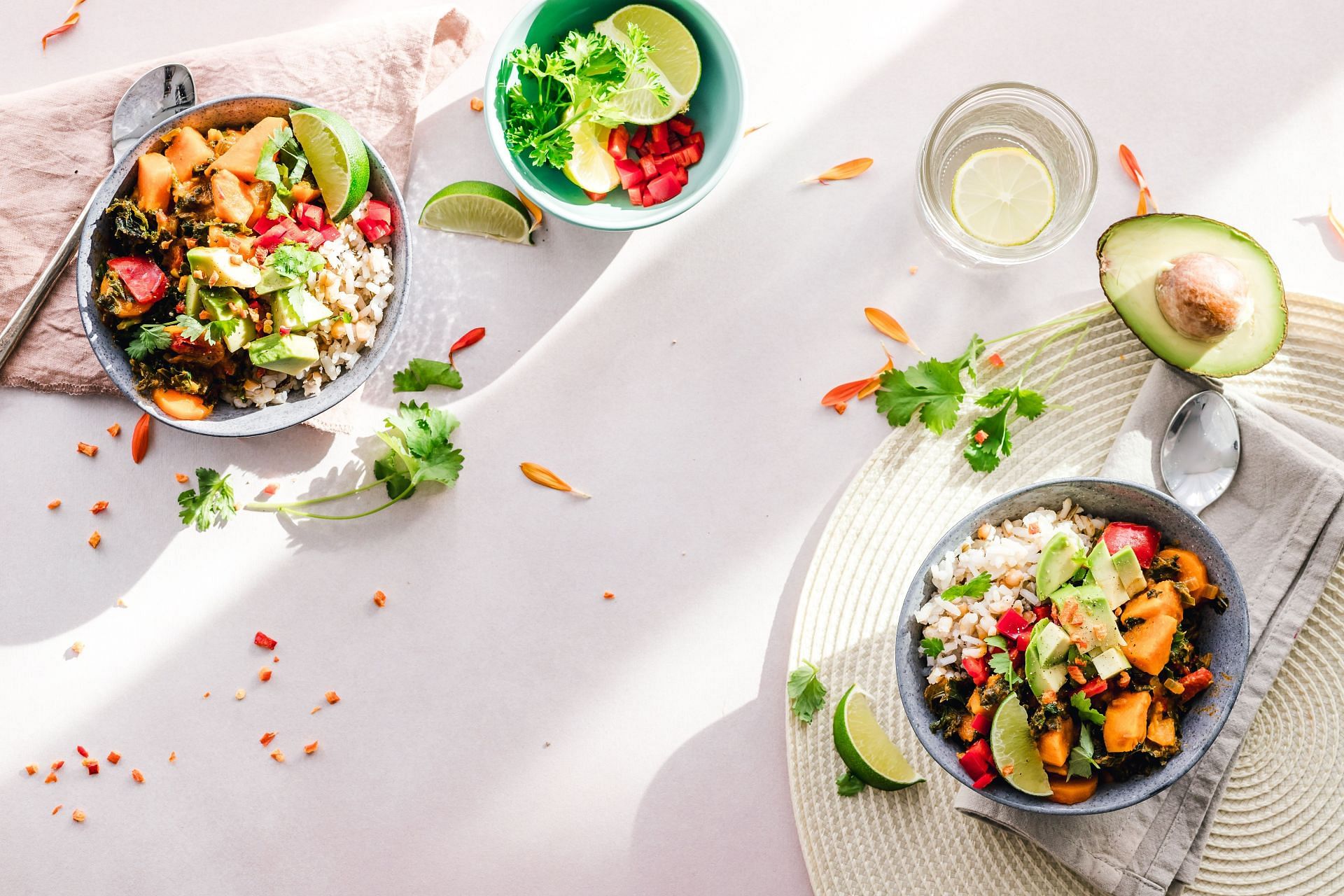- October 31, 2022
- No Comment
- 6 minutes read
Low Sodium Diet: What You Need to Know about This Popular Diet? – Sportskeeda

Sodium is an important mineral that helps your body perform many vital functions. It can be found in foods like eggs and vegetables, and it is also a big part of table salt (sodium chloride).
Even though sodium is beneficial to health, it is not always recommended. For example, people with heart failure, high blood pressure, or kidney disease are often told to eat less salt.
This article explains why some people need to eat less salt and talks about the benefits, risks, and foods to eat and avoid.
Sodium is an essential mineral that is needed for many important body processes, such as cell function, fluid balance, electrolyte balance, and keeping blood pressure steady. Because this mineral is essential to life, your kidneys closely control how much of it is in your body based on the concentration (osmolarity) of your body fluids.
Most of the foods you eat have sodium in them, though whole foods like vegetables, fruits, and chicken have much less. The majority of plant-based foods, such as fresh fruits and vegetables, contain less sodium than animal-based foods, such as meat and dairy.
Most of the sodium we eat comes from processed and packaged foods, like chips, frozen dinners, and fast food, where salt is added to improve the taste. Adding salt to food while cooking and as a seasoning before eating is another way that people get too much sodium.
A low-sodium diet limits foods and drinks that are high in sodium. Diets like these are often suggested by doctors to treat conditions like high blood pressure or heart disease. Even though there are exceptions, most people should not eat more than 2–3 grams (2,000–3,000 mg) of sodium per day.
About 2,300 mg of sodium can be found in one teaspoon of salt. If you are on a low-sodium diet, you should limit or avoid foods that are high in sodium to keep your sodium intake below the recommended level.
Instagram Post
On a low-sodium diet, you should avoid the following foods because they have a lot of sodium:
Even though some foods, like vegetables and meat that haven’t been processed, have small amounts of sodium in them naturally, it’s nothing compared to how much sodium is added to commercially prepared foods.
The best way to stay away from foods that are high in sodium is to limit salty snacks, fast food, and packaged meals.
A low-sodium diet may be good for your health in more than one way.
A low-sodium diet may lower blood pressure. Studies demonstrate that a low-sodium diet can lower blood pressure, especially in people with high levels.
A review of 34 trials found that reducing salt intake for four or more weeks lowered both high and normal blood pressure. Systolic and diastolic blood pressure decreased by 5.39 mmHg and 2.82 mmHg, respectively, among high blood pressure participants.
People with normal blood pressure saw a 2.42 mmHg drop in systolic blood pressure and a 1.00 mmHg drop in diastolic blood pressure.
High-salt diets have been linked to certain types of cancer, including stomach cancer.
A study of 76 research including over 6,300,000 participants, indicated that for every 5-gram increase in dietary salt per day from processed foods, stomach cancer risk increased by 12%.
High-salt diets can damage the stomach lining, induce inflammation, and promote H. Pylori growth, which may increase stomach cancer risk. A low-sodium, fruit- and vegetable-rich diet reduces the incidence of stomach cancer.
Instagram Post
A lot of unhealthy foods have a lot of sodium. Fast food, packaged goods, and frozen meals are not only high in salt, but they are also often high in calories and unhealthy fats.
Having these foods has often been linked to health problems like obesity, diabetes, and heart disease. On a low-sodium diet, you can’t eat these high-salt foods, which may make your diet better as a whole.
Poll :
0 votes
Quick Links
Be the first one to comment on this story

